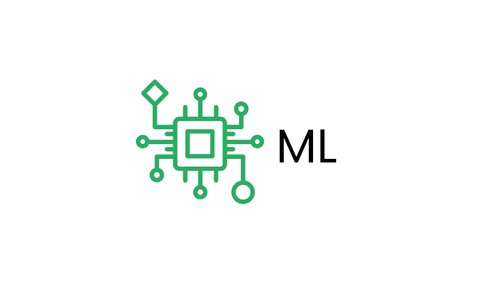Technologies
In our system we use AI, ML and DNN
Machine learning
This forms the foundation of Artificial Intelligence (AI).
The term encompasses a range of mathematical, statistical, and computational methods aimed at developing autonomous algorithms (not created by humans) capable of solving tasks by identifying patterns in various input data. These patterns may be imperceptible to humans. A vivid example is facial recognition: AI currently outperforms humans in this task by a considerable margin. Humans might mistake twins for the same person or consider an individual to be different people if captured with varying facial expressions, from different angles, and under different lighting conditions.
Before the advent of machine learning, programs were deterministic, operating based on clear-cut algorithms. Now, programs employing ML autonomously select available methods for solving given tasks. They also have the ability to learn from their mistakes and use rewards for correct responses to improve performance.
Due to its high accuracy and fast information processing speed, ML finds application in diagnostics, forecasting, recognition, and decision-making across various fields, from medicine to banking.

Deep neural network
DNN stands for Deep Neural Network, an artificial neural network (ANN) with multiple layers between the input and output layers. It leverages deep learning algorithms, structured similarly to the organization of neurons in the human brain. Artificial neural networks consist of layers of nodes, with each node designed to behave like a neuron in the brain. DNNs are utilized for deep machine learning.
The concept of deep learning was pioneered by Geoffrey Hinton in the 1980s, but its realization became feasible only with the advancement of computer technology and the accumulation of vast datasets, making it prevalent worldwide today.
Understanding deep learning technology is inherently tied to knowledge of how neurons in the brain function.

Artificial intelligence
Artificial intelligence stands as a pivotal technology enabling the handling of immense data volumes akin to human capabilities. AI comprehends language, engages in thinking and learning, problem-solving, and executing tasks similar to human understanding of them based on predefined parameters.
Within the realm of AI, one encounters diverse domains such as neural networks, machine learning, natural language processing, cognitive computing, and computer vision.
The advent and evolution of AI represent a natural progression following the accumulation of colossal datasets by humanity, surpassing human capacity for manual processing. Computers now emulate human behaviors and responses. A fundamental divergence between artificial intelligence and conventional programs lies in their capacity for self-learning and self-reprogramming.

